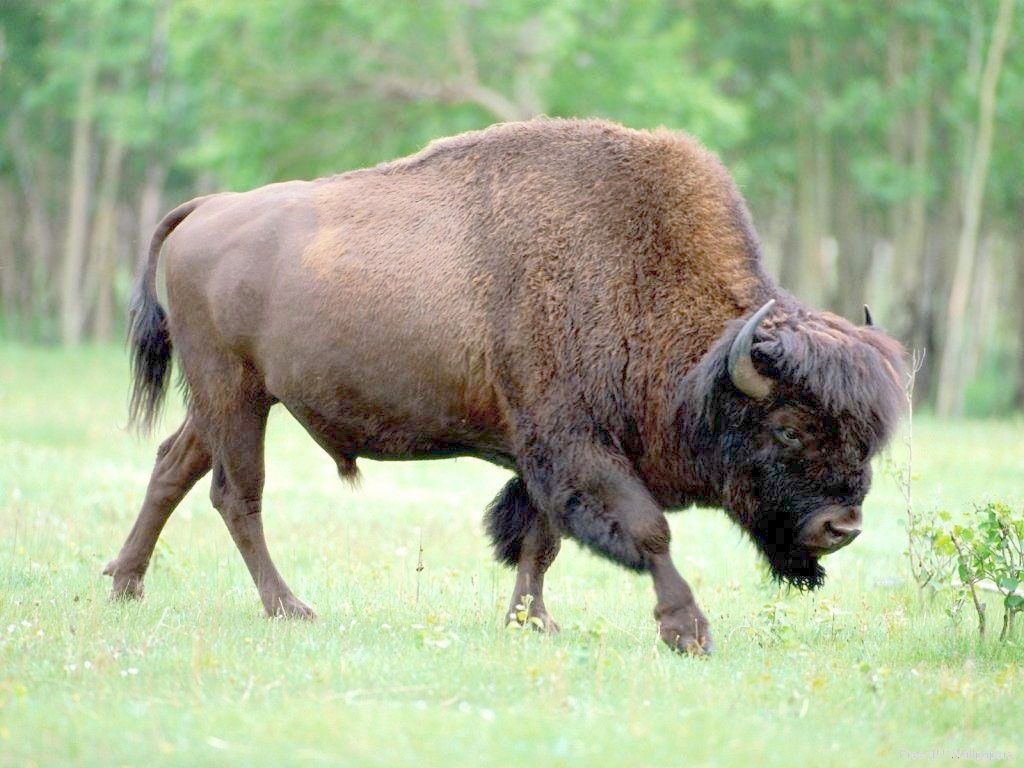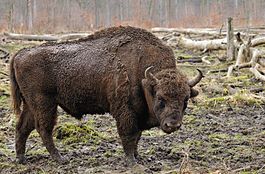Fauna of Choysky district
The fauna of the area is also diverse. Its territory is home to more than a hundred species of birds, forty-eight species of mammals, two rare amphibians and four species of reptiles. The species composition of birds and mammals varies significantly both by season and between individual landscapes. 43 species of birds live in low-mountain swamps, 69 in black low-mountain areas, 62 in small-leaved-forest low-mountains, and 67 in dark-coniferous-taiga midlands. In winter, the species composition, depending on the landscape, is reduced by 2.5 - 5.5 times .
The taiga areas of the region are densely populated with fur-bearing commercial animals - squirrel, sable, ermine, etc. The owner of the taiga - the bear - is often found. With the cessation of barbaric cedar cuttings, the life of wild animals in the taiga began to return to normal, and the number of deer and Siberian roe deer increased significantly. In recent years, there has been an increase in the number of wolves and wild boars.
The Red Book of the Altai Republic includes the river otter, which lives in the mountain rivers of the region, the pink starling, which settles in the Uymen River valley, the eagle owl, the gray crane and the flamingo, which are found in the low-mountain zone along the Isha River valley.
Wolf
It differs in appearance from wolf-type dogs in that it has a noticeably more convex forehead and a narrower front part of the muzzle. The tail is pubescent downwards, forming an acute angle with the hind legs. Sizes and colors are variable. The weight of the animal is 40-60 kg, rarely more than 90 kg. At the beginning of the 19th century, there were many wolves in the Altai mountains and along the Katun, especially where cattle breeding was well developed. After 50 years, the wolf was rare in the mountains, especially in Central Altai. In the 1980s, the wolf population was estimated at 200-300 animals. Currently, the wolf is found in all regions of the republic, and its number is estimated at 1500-2000 individuals. In addition to domestic animals, wolves successfully hunt a variety of wild animals - from elk to mice, and catch birds, frogs, and lizards nesting on the ground. Only according to conservative estimates, with the mixed type of feeding of wolves in the region, 3-4 thousand deer, 5-8 thousand roe deer and 800-1000 ibex are destroyed, excluding other small animals and birds. The annual damage to wild animals alone amounts to at least 20-25 million rubles, and livestock farming, according to rough estimates of the republic, suffers damage amounting to more than 20 million rubles. Only for the period 1998-2001, 2,170 wolves were killed in the territory of the republic.
Red Wolf
Endangered species. Included in the Red Books of the Ministry of Education and Science, the USSR, the RSFSR, and in Appendix II of the Cites Convention. The northern border of the species’ range lies in the republic. Meetings are possible in the Ului steppe and at the source of the Katun. The number is unknown. It is possible that in our time there are no permanently living, sedentary and breeding red wolves in the republic. The reasons for the relatively rapid reduction in the range and numbers of the red wolf have not been studied. To preserve this species, it is necessary to reduce the gray wolf and carry out extensive educational work among the population to prevent the accidental shooting of the red wolf.
Squirrel
Squirrels are permanent inhabitants of forests. They populate the taiga mass republics in large numbers. The main food is pine nuts, as well as spruce, fir and larch seeds. Changes in feeding conditions lead to migration of squirrels. The change in the number of animals is cyclical. For G.A, the diagnosis of this cycle is 4-5 years. At the same time, the squirrels travel many kilometers and accumulate in those places in the taiga where there is plenty of food. The most numerous squirrel colonies are noted in the Turochak and Choy regions. In recent years, the post-harvest population of squirrels is 50 thousand individuals. Its maximum number was registered in 1997 – 260 thousand individuals. In 2005, 500 thousand squirrel skins were purchased from hunters.
Siberian roe deer
The main habitats are located in the Ust-Kansky, Maiminsky, Ongudaysky, Ust-Ulagansky and Ust-Koksinsky districts. The main determining factor for the habitat of animals in the region is the height of the snow cover, which limits their movement and makes it difficult to access food. With the fall of deep snow, mass migrations of roe deer begin to the mountains, to places with light snow cover. The routes of autumn and spring migrations are constant. The main winter camps for animals are located in the Maiminsky and Ongudai districts. In the second half of the 19th century, in the territory currently occupied by the Altai Republic, annual production sometimes reached 200 thousand animals. Currently, the number of roe deer is only 19-20 thousand individuals.
Ermine
Found in all areas of the Republic of A.. Ermine can be found in all stations, rising subalpine and alpine meadows. The ermine's refuge is provided by hollows of fallen trees and stumps, heaps of dead wood and windfalls growing between stones. It occupies the burrows of water rats, hamsters and gophers. Sometimes it lives in buildings in villages and even cities. The total length of the winter dam reaches 10 and even 20 km. In search of prey, it explores a large area. They feed on small rodents. Sometimes it eats birds and their eggs, amphibians and ventilators. The post-harvest population is estimated at 1,500 animals. Previously, hunters were famous for harvesting an average of 300 pieces of ermine per year. The economic importance of the ermine lies not only in the value of its skin, but also in its role as a destroyer of rodents harmful to agriculture.
Ichthyofauna
The species composition of the ichthyofauna of the region is not particularly diverse. The river basins are inhabited by taimen, lenok, Siberian grayling, river galyan, Siberian sculpin, burbot, gudgeon, pike, perch, chebak and several other species of fish rising from the Biya and Katun. The most attractive for anglers is the Siberian grayling, which is easily caught on a hook with natural bait or on a fly. Grayling up to 40 centimeters long and weighing up to 800 grams is found in the Uymen River.
Crucian carp
Inhabits small lakes and ponds as a result of artificial settlement. It lives in coastal areas of water bodies overgrown with algae. In fishing conditions, the mass of an adult individual is generally up to 350 g, body length up to 20 cm. They become sexually mature at the age of 3-4 years. Males and females are close to 1:1. It feeds on aquatic animals and detritus. The species is rare in the area's water bodies.
Bubot
Distributed in Biya, Katun, Charysh, and Lake Teletskoye. Cold-loving fish. Reaches up to 1 m in length, weight – 20 kg or more. Life expectancy is more than 20 years. A typical predator, it feeds on dace, sculpin and other types of fish. Spawns in January-March at water temperatures close to 0º C, at great depths.
Small caviar has a specific gravity equal to water and develops in the Elagin state, carried away by water flows. Reaches 1.5 million eggs. An important fishing target. Fertility is high.
Siberian gudgeon
Widely distributed in the rivers Biya, Katun and their tributaries, forms accumulations in channels in places with low flows, in backwaters, oxbow lakes, manifested in lakes. The largest bottom schooling fish, up to 15 cm long, weighing up to 100 g. They feed on crustaceans, worms, insect larvae, and fish eggs. They have no commercial significance. It serves local residents as an object of recreational fishing.



No comments here yet.